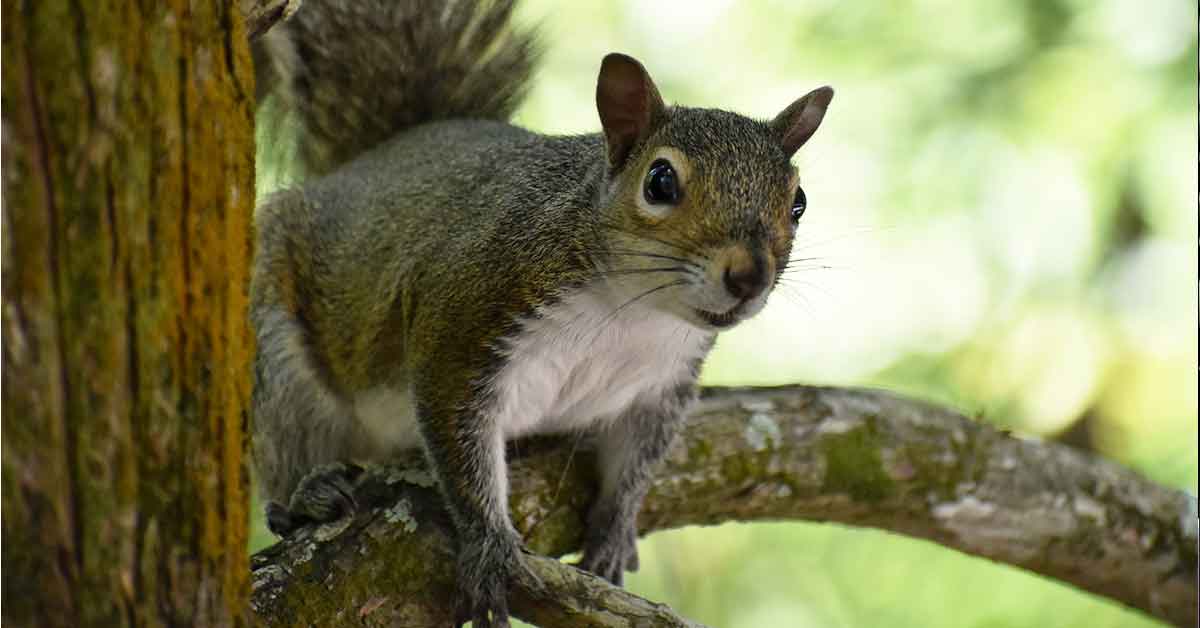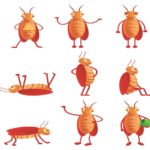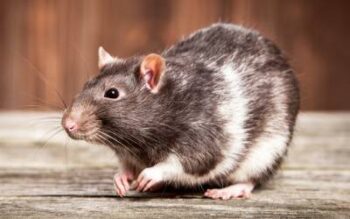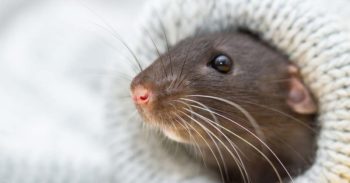
 One thing Long Island has a lot of is squirrels, but how much do you know about these scampering birdseed stealers? With more than 200 different species, squirrels can be found all over the world. Here on Long Island, we only have a few varieties so it’s easy to keep track of them.
One thing Long Island has a lot of is squirrels, but how much do you know about these scampering birdseed stealers? With more than 200 different species, squirrels can be found all over the world. Here on Long Island, we only have a few varieties so it’s easy to keep track of them.
Eastern Gray Squirrels
As the most prevalent type of squirrel on Long Island, odds are when you see a squirrel, it is probably the eastern gray. Like all squirrels, they are mammals and technically rodents. Eastern gray squirrels are omnivores so while nuts, seeds, and acorns are their more common choices; they actually eat a wide range of food.
Squirrels are known for “seed dispersal.” This means they bury their food and – in fact – acquire more food to bury than they can ever eat. When that food is seeds or nuts, the forgotten buried food will sprout into new plants and trees.
Eastern gray squirrels use their excellent sense of smell to identify other squirrels and find the food they have buried. Squirrels also use tail flicks, body language, and sound to communicate. They even call for help and warn others when foxes, hawks, and other predators are around. What might seem to be random running around can often be strategic to make it harder for birds of prey to grab them.
Females can begin having litters of two to four young as soon as five and a half months old. The litters can happen twice a year and, to protect their young, eastern gray squirrels either nest in tree cavities or high up in the trees.
Eastern gray squirrels tend to only live about six years in the wild but in captivity can live 12-20 years. However, many squirrel babies only make it to one or two years old because they are especially vulnerable to predators.
Classified as tree squirrels, eastern grey squirrels have dark gray fur with paler gray to white fur on their bellies. Their bushy tail is also lighter gray, and their ears are white or light gray. Males and females are similar in size.
Flying Squirrels
While they have a smaller population, flying squirrels are also present on Long Island. Despite their name… they cannot fly. Flying squirrels can glide when jumping from a height by using their patagium – which is a furry membrane that runs from their wrist to their ankles.
Technically, America has two kinds of flying squirrels – northern and southern. Despite the name, southern flying squirrels can range from Maine to Florida.
Both kinds of flying squirrels are gray to brown in color. Northern flying squirrels have gray belly fur while southern flying squirrels have white belly fur. The northern version ranges in length from 10 to 12 inches while the southern are 8 to 19 inches long.
While also omnivores (like other squirrels), flying squirrels are more prone to eat eggs, birds, and carrion they find. Flying squirrels also tend to be nocturnal, which why Long Islanders don’t generally notice them.
Northern flying squirrels only have a litter once a year. Southern flying squirrels have them twice a year. Flying squirrels live up to about 5 years in the wild and double that in captivity.
Black Squirrels
The smallest squirrel population on Long Island is the black squirrel, which has only been documented in the last several years. Originally monitored in the Lake Grove area, they have also been spotted in Lindenhurst cemeteries as well as sightings in the Hamptons.
Black squirrels are an offshoot (or sometimes referred to as a mutation) of eastern gray squirrels. So, in appearance and size, they are remarkably similar except for the color of their fur. Sometimes people mistakenly think a black squirrel is a gray squirrel who got into ashes or fell through a chimney.
Black squirrels were found around City Hall in Manhattan for a long time before they were found on Long Island. Eastern gray squirrels are a more natural inhabitant of the island because their gray fur blends in well with tree bark. Some theorize that black squirrels are found in cities because their coloring blends better in urbanized environments.
Let Arrow Solve Your Squirrel Problem
If squirrels are causing problems on your property, you don’t have to struggle. The experts at Arrow Exterminating can help you with your squirrel issues. To get started, contact Arrow Exterminating today.




